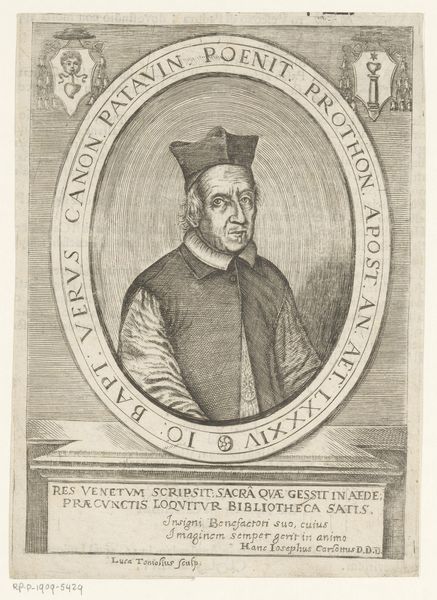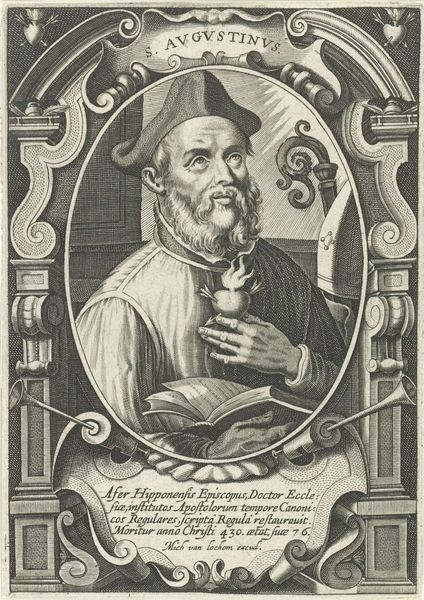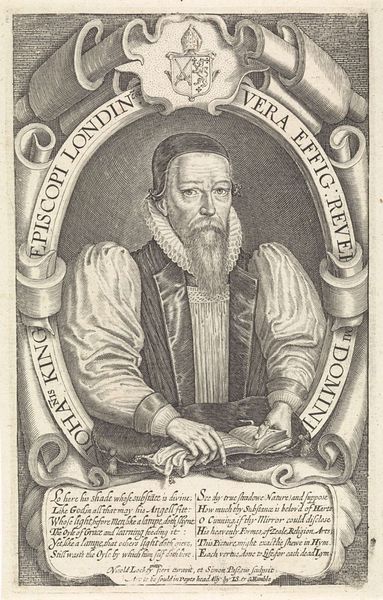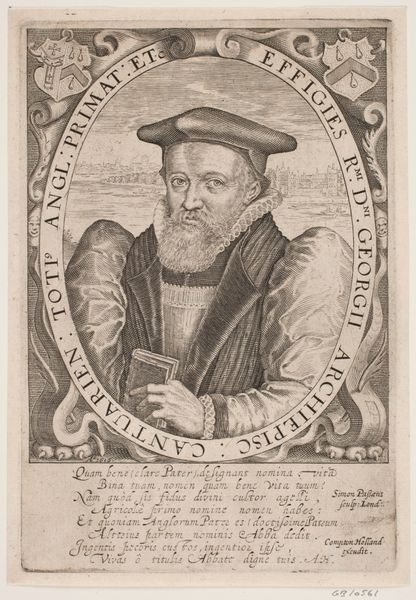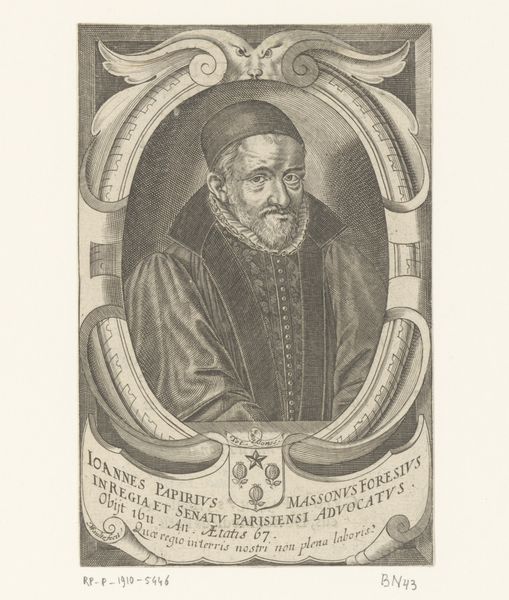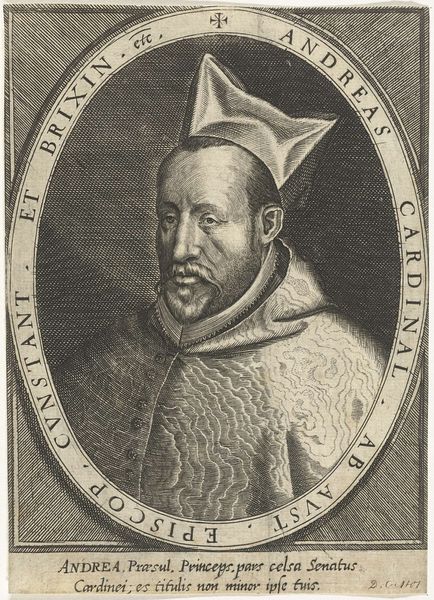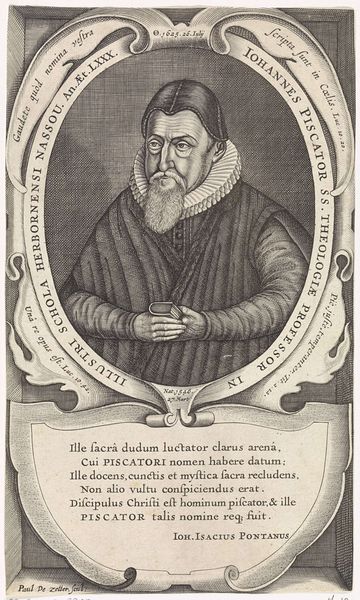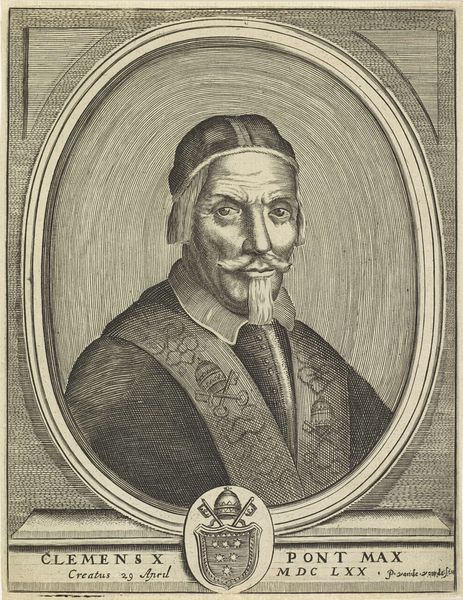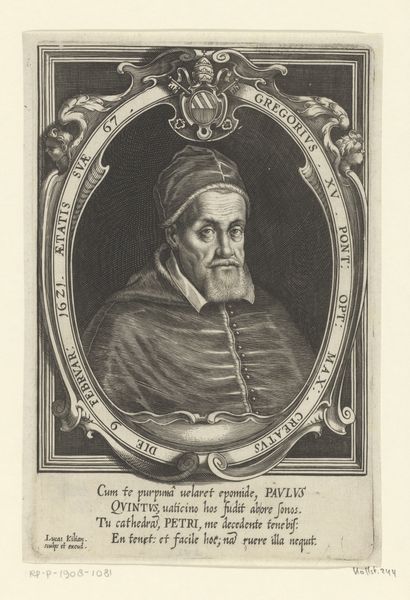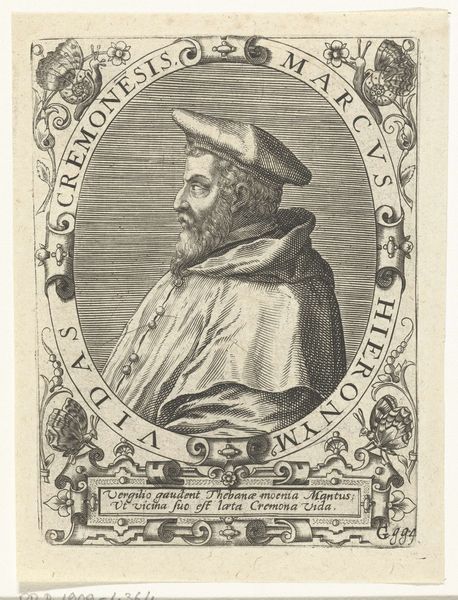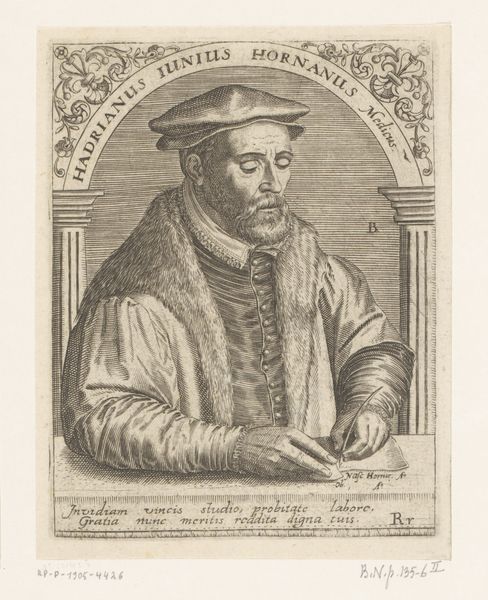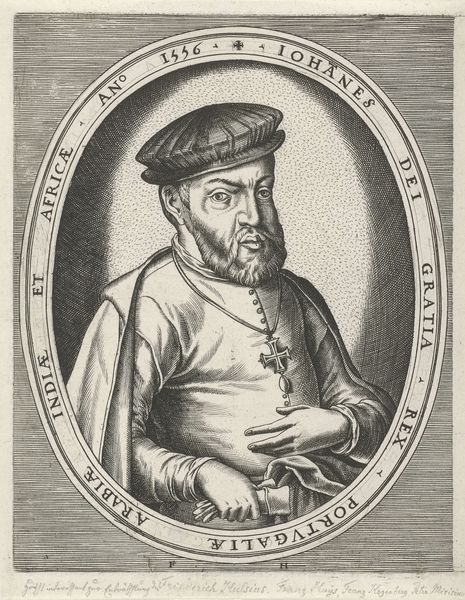
print, engraving
#
portrait
# print
#
portrait drawing
#
northern-renaissance
#
engraving
Dimensions: 180 mm (height) x 108 mm (width) (plademaal)
Editor: This is a Northern Renaissance print, an engraving from 1618. It’s a portrait of Lancelot Andrews, Bishop of Winchester, made by Simon de Pas. What strikes me is the incredible detail achieved through this engraving process. What can you tell me about this piece? Curator: What interests me are the material conditions of this print's production. Engravings such as this were not just aesthetic objects but products of a specific labor process, and means of disseminating information and social power. Who do you think this portrait was designed to reach? Editor: Well, given he was a bishop, and judging from the Latin inscriptions, maybe other clergymen, scholars, and the upper class? It doesn’t feel like it was for mass consumption. Curator: Exactly. Engravings like this one operated within networks of power and patronage. Consider the economic and social capital required to commission and circulate such a work. The print itself is a commodity. The image and its symbolic weight become tools to communicate the Bishop’s importance. Editor: That makes a lot of sense. I was only looking at the artistic aspects, but I didn’t think about who was producing it, how they were circulating it, and the audience at the time. It shifts how I see the entire work. Curator: Precisely. By looking at the materials and the methods of production and consumption, we can see the work less as a detached aesthetic object and more as a crucial part of the period's material culture. It changes our focus, wouldn’t you say? Editor: It does. I definitely learned a new way to approach understanding historical artwork! I’m also curious how prints were made. That will be my next research project!
Comments
No comments
Be the first to comment and join the conversation on the ultimate creative platform.
